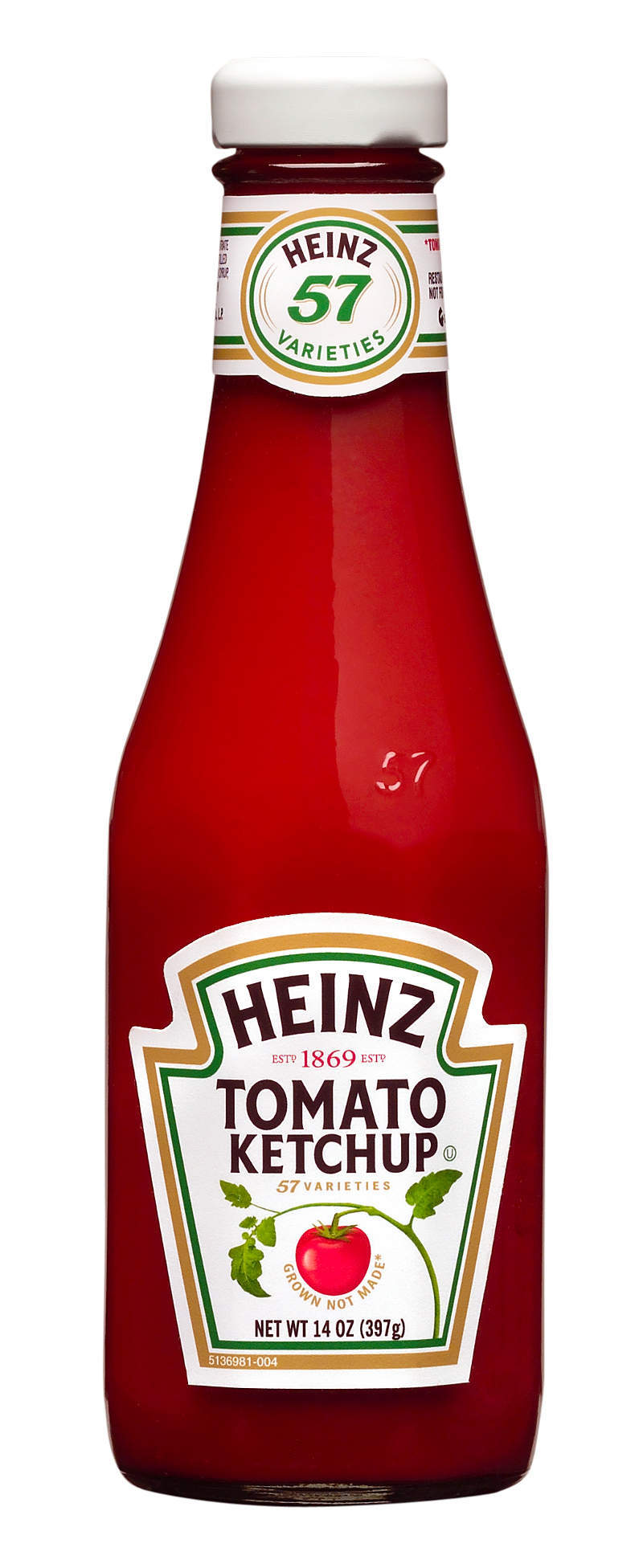Food and beverage company Kraft Heinz has pledged to make 100% of its packaging recyclable, reusable or compostable by 2025 in an effort to support the move toward a circular economy.

Image: Kraft Heinz’s Ketchup glass bottle. Photo: courtesy of The Kraft Heinz Company.
As part of the commitment, the company plans to aggressively pursue technical alternatives and reduce natural resource needs while managing overall environmental footprint.
Kraft Heinz CEO Bernardo Hees said: “Our collective industry has a massive challenge ahead of us with respect to packaging recyclability, end-of-life recovery and single-use plastics.
“Even though we don’t yet have all the answers, we owe it to current and future generations who call this planet ‘home’ to find better packaging solutions and actively progress efforts to improve recycling rates. That’s why Kraft Heinz is placing heightened focus on this important environmental issue.”
Kraft Heinz said that the move complements its Growing a Better World strategy, which was released in Corporate Social Responsibility (CSR) Report 2017, and improve the sustainability of its supply chain.
The firm is also considering partnering with packaging experts, organizations and coalitions to explore technical, end-of-life and infrastructure solutions.
Kraft said it is already collaborating with Environmental Packaging International (EPI) for consulting, tracking and other specialist services in the packaging space.
Additionally, Kraft Heinz Europe is planning to use recycled material and make the recyclable Heinz Tomato Ketchup PET plastic bottle fully circular by 2022.
Added Hees: “We found that most of our emissions are coming from areas outside our direct operations. To truly succeed as champions of sustainability, we will look at our full value chain and determine where we can make the greatest impact for our planet.”
Moreover, Kraft Heinz is accelerating the transition to a low-carbon economy by joining the Science Based Targets Initiative. It is planning to set science-based greenhouse gas emissions reduction goals in its supply chain.
